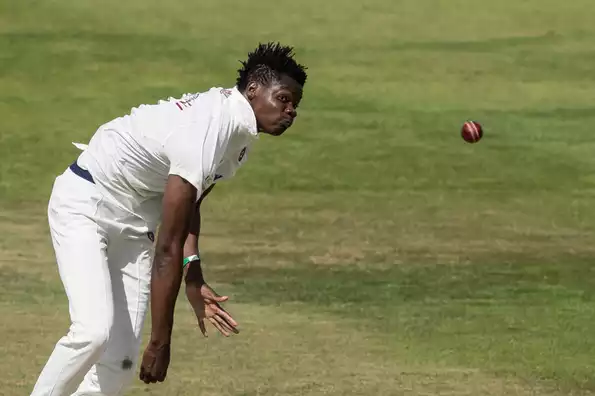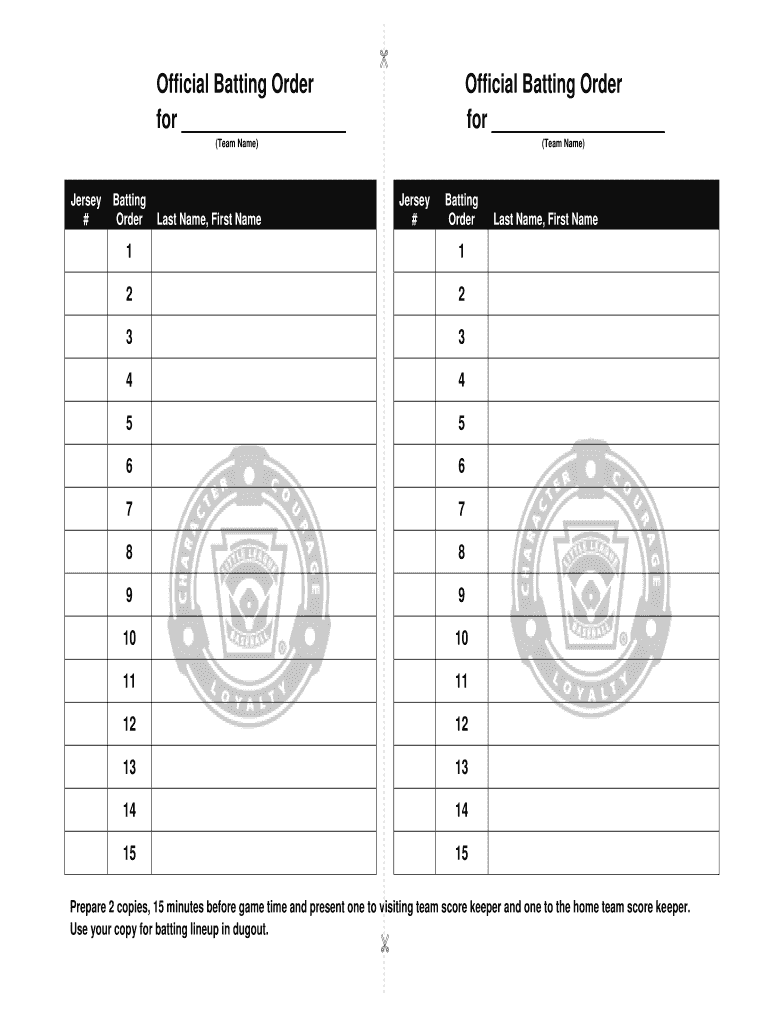Effective Brief Writing: Tips And Best Practices For Success

Table of Contents
Understanding the Purpose of a Brief
Before you even begin writing, it's crucial to understand the purpose of your brief. This involves clearly defining your audience and objective.
Defining Your Audience and Objective
Tailoring your brief to your specific audience is paramount. Consider:
- Identifying stakeholders: Who needs to receive and understand this brief?
- Defining their level of understanding: What is their prior knowledge of the subject matter? Adjust your language accordingly.
- Specifying desired outcomes: What do you want your audience to do after reading the brief? (Approve a project, provide feedback, take action, etc.)
For example, a brief for a marketing team focused on a new product launch will differ significantly from a legal brief outlining the terms of a contract. A marketing brief needs to be visually engaging and focus on target demographics, while a legal brief prioritizes precise legal language and contractual details.
Key Elements of a Successful Brief
A well-structured brief typically includes the following essential components:
- Clear objective statement: What is the goal of this project or initiative?
- Background information: Provide necessary context and relevant details.
- Scope of work: Clearly define what tasks are included and excluded.
- Timeline: Establish key deadlines and milestones.
- Budget: Outline the allocated resources.
- Deliverables: Specify the expected outputs.
- Success metrics: How will you measure the success of the project?
Example Brief Structure:
**Project Title:** [Project Name]
**Objective:** [Clearly stated goal]
**Background:** [Relevant context]
**Scope:** [Tasks included/excluded]
**Timeline:** [Key deadlines]
**Budget:** [Allocated resources]
**Deliverables:** [Expected outputs]
**Success Metrics:** [Measurement criteria]
Crafting Concise and Clear Language
Effective brief writing relies heavily on clear and concise language. This means avoiding jargon and technical terms whenever possible.
Avoiding Jargon and Technical Terms
Use plain language accessible to everyone.
- Use simple, direct language: Avoid complex sentence structures and overly formal vocabulary.
- Define any necessary technical terms: If you must use jargon, provide clear definitions.
- Avoid overly complex sentence structures: Keep sentences short and to the point.
Example:
Jargon-heavy: "We need to leverage synergistic opportunities to optimize the ROI of this initiative."
Clearer: "We need to find ways to make this project more profitable."
The Power of Strong Verbs and Active Voice
Strong verbs and active voice significantly enhance clarity and conciseness.
- Use active voice instead of passive voice: Active voice is more direct and engaging.
- Choose precise and impactful verbs: Select verbs that accurately reflect the action being performed.
- Eliminate unnecessary words and phrases: Be succinct and avoid wordiness.
Example:
Passive: "The report was completed by the team."
Active: "The team completed the report."
Structuring Your Brief for Maximum Impact
The structure of your brief plays a vital role in its effectiveness. Prioritizing information and using visuals effectively are key.
Prioritizing Information
Organize your brief logically, prioritizing key information for easy understanding and quick review.
- Use headings and subheadings: Break down the information into manageable sections.
- Use bullet points and numbered lists: Make key information easily scannable.
- Use visual aids (charts, graphs, etc.): Convey complex data more efficiently.
Using Visuals Effectively
Visuals can greatly enhance understanding and engagement.
- Appropriate use of charts, graphs, and images: Choose visuals that accurately represent your data.
- Ensure visuals are clear, concise, and support the text: Don't include unnecessary or distracting visuals.
Example: A bar graph showing projected sales figures will be more impactful than a lengthy paragraph describing the same data.
Reviewing and Refining Your Brief
Before finalizing your brief, thorough review and feedback are essential.
Importance of Proofreading and Editing
Accuracy and professionalism are crucial.
- Check for grammar and spelling errors: Use grammar and spell-check tools.
- Ensure consistency in style and formatting: Maintain a consistent tone and formatting throughout the brief.
- Seek feedback from others: Get a fresh perspective on your work.
Proofreading Checklist:
- Grammar and spelling
- Punctuation
- Sentence structure
- Clarity and conciseness
- Consistency in style and formatting
Seeking Feedback and Iteration
Feedback is invaluable for improving your brief's effectiveness.
- Identify key stakeholders for feedback: Choose individuals who can provide valuable insights.
- Incorporate feedback constructively: Be open to suggestions and willing to make revisions.
- Iterate on the brief based on feedback: Refine your brief based on the feedback received.
Conclusion
Mastering effective brief writing is crucial for efficient communication and successful project outcomes. By understanding your audience, crafting clear and concise language, structuring your brief logically, and incorporating feedback, you can create impactful documents that drive action and achieve your objectives. Start practicing these effective brief writing techniques today and experience the immediate benefits of improved communication and efficiency. Mastering effective brief writing, including writing effective briefs and successful brief writing, is a valuable skill that will boost your productivity and enhance your professional reputation. Improve your brief writing skills and see the difference!

Featured Posts
-
 Bangladesh Stages Fightback Against Zimbabwe In Test Cricket
May 23, 2025
Bangladesh Stages Fightback Against Zimbabwe In Test Cricket
May 23, 2025 -
 From Cricket Star To Recovery Freddie Flintoffs Journey After A Serious Accident
May 23, 2025
From Cricket Star To Recovery Freddie Flintoffs Journey After A Serious Accident
May 23, 2025 -
 Zimbabwes Strong Opening Day Muzarabani And Masakadza Lead The Charge
May 23, 2025
Zimbabwes Strong Opening Day Muzarabani And Masakadza Lead The Charge
May 23, 2025 -
 Karate Kid Legend Of Miyagis Place In The Franchise Timeline
May 23, 2025
Karate Kid Legend Of Miyagis Place In The Franchise Timeline
May 23, 2025 -
 Dan Lawrences England Call Up Opening The Batting Order And Beyond
May 23, 2025
Dan Lawrences England Call Up Opening The Batting Order And Beyond
May 23, 2025
Latest Posts
-
 Julianne Moore Denies Monster Role In Siren Trailer
May 23, 2025
Julianne Moore Denies Monster Role In Siren Trailer
May 23, 2025 -
 Netflix Sirens Everything We Know About The Limited Series
May 23, 2025
Netflix Sirens Everything We Know About The Limited Series
May 23, 2025 -
 Check Before They Re Gone Movies Leaving Hulu This Month
May 23, 2025
Check Before They Re Gone Movies Leaving Hulu This Month
May 23, 2025 -
 Julianne Moore Stars In Siren Trailer 1 Review Dark Comedy Series
May 23, 2025
Julianne Moore Stars In Siren Trailer 1 Review Dark Comedy Series
May 23, 2025 -
 Hulus Departing Movies A Quick Guide For Month Year
May 23, 2025
Hulus Departing Movies A Quick Guide For Month Year
May 23, 2025
